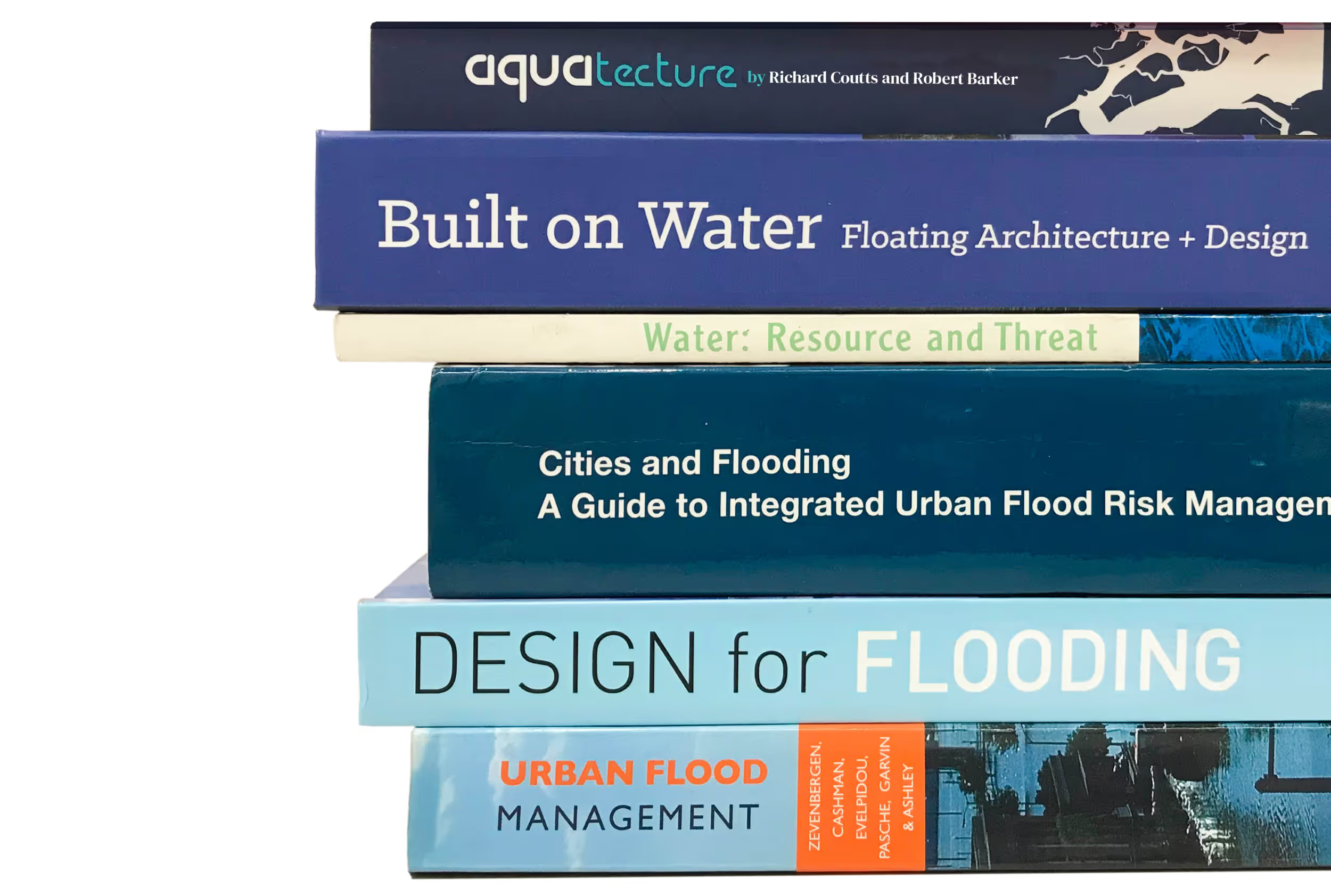BACA's Six Pillars of Design

Site and Context Integration:
Our first consideration is how a project harmonizes with its site and surroundings. This encompasses understanding the relationship between the proposed design and the local environment, as well as contractual obligations

Programme Development:
In close collaboration with our clients, we assess the financial viability of a project. This involves determining the necessary number of units and the amount of commercial space needed to ensure profitability. Building on this foundation, we create a comprehensive brief that outlines the distribution of key elements, circulation patterns for inhabitants,clear demarcations of public and private spaces, coherent retail and F&B zones, and efficient on-site parking solutions.

Cultural and Community Engagement:
We delve into understanding who the prospective inhabitants are, what facilities and spatial arrangements will draw them to the development, why they would choose to stay, and how the project will contribute to the city’s skyline or waterfront, enhancing local culture and community life.

Technical Integrity:
Our designs are informed by the availability of local materials, the supply chain, and regional construction expertise. We aim to anticipate and address local challenges proactively, ensuring that technical constraints do not compromise the design's integrity.

Sustainability:
We strategise the development's massing to optimise solar gain control and wind capture for natural cooling. Our "fabric-first" approach leverages the building's façade to moderate the climate, minimise energy consumption, and enhance occupant comfort, resulting in environmentally sustainable and responsive designs.

Aesthetic Excellence:
The culmination of our design philosophy is the achievement of clear, coherent, and aesthetically pleasing architecture. With over 15 years of experience, we transform constraints into world-class designs by adhering to a robust design philosophy that is understood by all stakeholders. This philosophy is versatile enough to adapt to broader planning and budget considerations while preserving distinctive architectural qualities. This forms the core DNA of the project.






